Ultimate Guide: How to Get Rid of Winter Grass Effectively
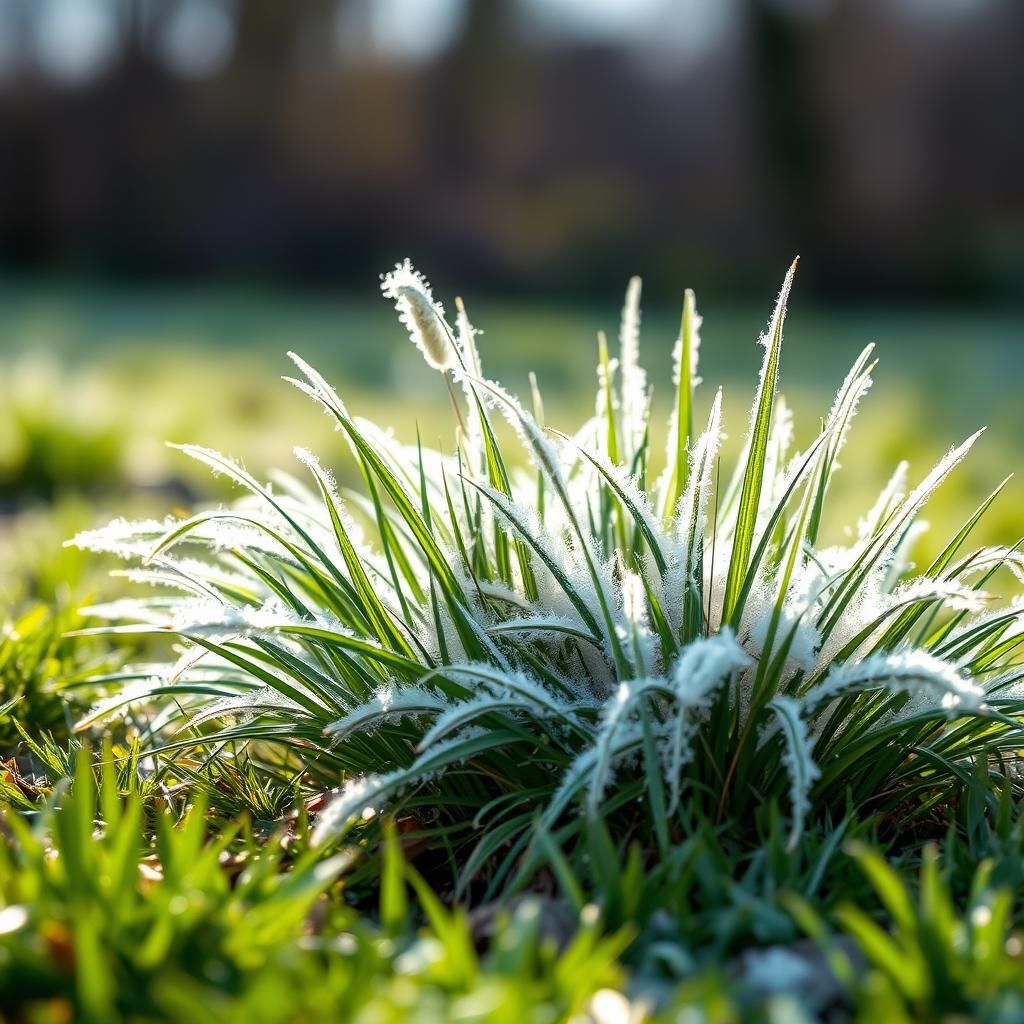
As winter approaches, many homeowners face the challenge of dealing with stubborn winter grass that can invade their lawns. This guide aims to provide you with effective strategies for identifying, managing, and eliminating winter grass to maintain a healthy, lush lawn. Understanding the different types of winter grasses and their growth patterns is crucial for effective control. Whether you're a seasoned gardener or a beginner, our comprehensive tips and techniques will help you reclaim your yard, ensuring it looks its best year-round. Dive into this ultimate guide to learn how to tackle winter grass and restore the beauty of your lawn.
Effective Strategies to Eliminate Winter Grass
To effectively get rid of winter grass, it is essential to adopt a multifaceted approach that includes both preventative measures and active removal techniques. Begin by identifying the type of winter grass that has infiltrated your lawn, as some species like poa annua or fescue may have different removal strategies. Maintaining a healthy lawn through regular mowing, proper watering, and nutrient management can help your desired grass species outcompete the winter grass. Additionally, pre-emergent herbicides may be applied in the fall to prevent seed germination, while targeted post-emergent herbicides can be used in the spring to eliminate any existing growth. Always ensure to follow application guidelines to minimize damage to your primary grass type.
Understanding Winter Grass Types
There are several species of winter grass, including poa annua, April grass, and various types of fescue that grow when temperatures drop. Understanding the specific type of winter grass present in your lawn is crucial for effective management, as different species may require tailored approaches for removal. For example, poa annua tends to thrive in moist environments and can spread rapidly, making it a primary target for lawn care treatment. Conversely, fescue may be more resilient and may require a different strategy for control.
Preventative Measures for Winter Grass
Implementing preventative measures is critical in the fight against winter grass. This includes practices like maintaining a healthy and dense lawn, which can inhibit seed germination by competing for nutrients and sunlight. Regularly aerating your lawn helps enhance soil drainage and promotes deeper root systems, which also supports desired grass types over winter grass. Additionally, adjusting your mowing height in the late fall can prevent winter grass from thriving, as taller grass cultivars shade the soil and reduce the chance of weed seed germination.
Using Herbicides Safely and Effectively
When using herbicides to combat winter grass, it is important to select the right product for your specific situation. Pre-emergent herbicides should be applied prior to the onset of winter grass germination—typically when soil temperatures reach around 50°F. This will prevent seeds from sprouting. On the other hand, post-emergent herbicides can be utilized once winter grass has established itself. Always follow the manufacturer's directions closely to minimize the risk of damage to your preferred grass type and to ensure effective application.
Cultural Practices for Lawn Health
Incorporating cultural practices into your lawn care can significantly boost your efforts to eliminate winter grass. This includes practices like proper fertilization, which supports the growth of your primary grass species, and the adjustment of watering schedules to avoid overly moist soil, which favors the proliferation of winter grass. Moreover, incorporating suitable compost or organic matter can improve soil quality overall and enhance the competitiveness of desired grass types against unwanted winter species.
Timing Your Removal Efforts
The timing of your removal strategies is essential for success when dealing with winter grass. Initiating preventative applications in late summer to early fall is crucial, as it allows for a proactive approach to control germination before it starts. If you find yourself battling established winter grass, targeting removal in late winter to early spring is ideal, as the grass is still actively growing, making it more susceptible to herbicide treatments. Monitor the growth cycle of your lawn closely to optimize your removal strategies based on weather conditions and seasonal changes.
| Action | Timing | Type |
|---|---|---|
| Application of Pre-emergent Herbicides | Late Summer to Early Fall | Preventative |
| Application of Post-emergent Herbicides | Late Winter to Early Spring | Active Growth Control |
| Mowing Height Adjustment | Fall | Cultural |
| Soil Aeration | Annual | Cultural |
| Fertilization of Primary Grass | Spring | Cultural |
Is winter grass good for your lawn?

Winter grass can indeed be beneficial for your lawn, especially in regions that experience mild winters. It typically consists of species such as ryegrass or fescue, which are well-suited for cooler temperatures. When properly managed, winter grass can provide numerous advantages, including maintaining a green lawn throughout the winter months, preventing soil erosion, and enhancing the overall appearance of your landscape.
Here are some key points that reveal why winter grass is considered good for your lawn:
Benefits of Winter Grass
Winter grass offers several benefits that make it a popular choice for homeowners looking to maintain a healthy lawn during colder months.
See also: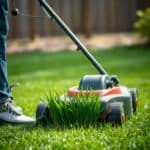
- Green Coverage: It keeps your lawn vibrant and green when other grasses go dormant.
- Erosion Prevention: It protects your soil from erosion caused by rain and snow runoff.
- Weed Suppression: A thick stand of winter grass can help suppress the growth of winter weeds.
Types of Winter Grass
Various types of winter grasses can be planted depending on the climate and desired appearance of your lawn.
- Perennial Ryegrass: Fast germination and establishment are its key advantages.
- Tall Fescue: Known for its drought-resistant properties, it's a great choice for transitional zones.
- Bermudagrass: While a warm-season grass, it can survive in certain areas during winter if overseeded.
How to Establish Winter Grass
Establishing winter grass requires careful planning and execution to ensure healthy growth.
- Timing: Ideally, sow seeds in early fall before the first frost.
- Soil Preparation: Ensure the soil is well-aerated and free of weeds to promote healthy germination.
- Watering: Water regularly to keep the seeds moist until established, but avoid overwatering.
Maintenance Tips for Winter Grass
Once established, winter grass needs ongoing care to thrive through the colder months.
- Mowing: Regular mowing encourages healthy growth and helps manage weeds.
- Fertilization: Apply a balanced fertilizer to provide essential nutrients.
- Weed Control: Monitor for weeds, using appropriate methods to manage them without harming the winter grass.
Drawbacks of Winter Grass
Despite its benefits, there are some potential drawbacks to consider when planting winter grass.
- Cost: Initial seeding and maintenance costs can be higher compared to other options.
- Species Competition: If not properly managed, winter grasses can compete with the desired summer grass varieties.
- Limited Growth: In extremely cold regions, winter grasses may not thrive as well as expected.
How to get rid of grass in winter?

To get rid of grass in winter, it is important to understand several effective strategies that can help you achieve a weed-free landscape. Here are some useful methods and tips:
1. Use Natural Herbicides
Natural herbicides can be an effective way to eliminate unwanted grass without harming the environment. Many natural solutions are safe and can effectively kill grass when applied correctly. Some options include:
- Vinegar: This common household item contains acetic acid, which, when sprayed directly onto the grass, can help to kill it.
- Boiling Water: Pouring boiling water on unwanted grass will scorch it, effectively killing it and preventing regrowth.
- Salt: A mixture of salt and water can be an effective herbicide, but care must be taken as it can also affect surrounding plants.
2. Manual Removal
If you prefer a more hands-on approach, manual removal of grass can be effective, especially in smaller areas or where precision is required. This method involves digging up the grass and its roots. Steps for manual removal include:
- Tools Needed: A shovel, hoe, or hand trowel are essential for digging out grass.
- Remove Roots: Ensure you dig out as much of the root system as possible to prevent regrowth.
- Site Preparation: After removal, consider tilling the soil and preparing it for new planting or ground cover.
3. Mulching
Applying a layer of mulch can inhibit grass growth during the winter months. A good mulching strategy includes:
- Organic Mulch: Materials like shredded leaves, straw, or wood chips can smother grass and prevent sunlight from reaching it.
- Thickness: Apply a thick layer (at least 3 inches) to ensure proper coverage and effective grass suppression.
- Weed Prevention: Mulch not only helps with grass control but also reduces the overall weed population in your garden.
4. Proper Lawn Care
Maintaining a healthy lawn is vital in preventing grass overgrowth and managing unwanted varieties. Steps to consider include:
- Fertilization: Feed your grass with the right nutrients to encourage strong growth and discourage invasive species.
- Watering Schedule: Adjust your watering strategy according to the winter climate to prevent over-saturation and promote healthy grass.
- Regular Maintenance: Keep your lawn mowed and aerated to promote healthy growth and reduce the chances of invasive grasses taking over.
5. Plant Cover Crops
Using cover crops as a way to suppress unwanted grass can be an effective technique. Cover crops can be planted during the fall or early winter and include:
See also: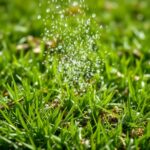
- Legumes: These plants enrich the soil and outcompete existing grass for nutrients.
- Grasses: Certain grass varieties can be used as cover crops to create a competitive environment that stifles unwanted grass growth.
- Soil Improvement: Cover crops improve soil structure and fertility, which can reduce the need for chemical herbicides in the long run.
Will my grass come back after winter?
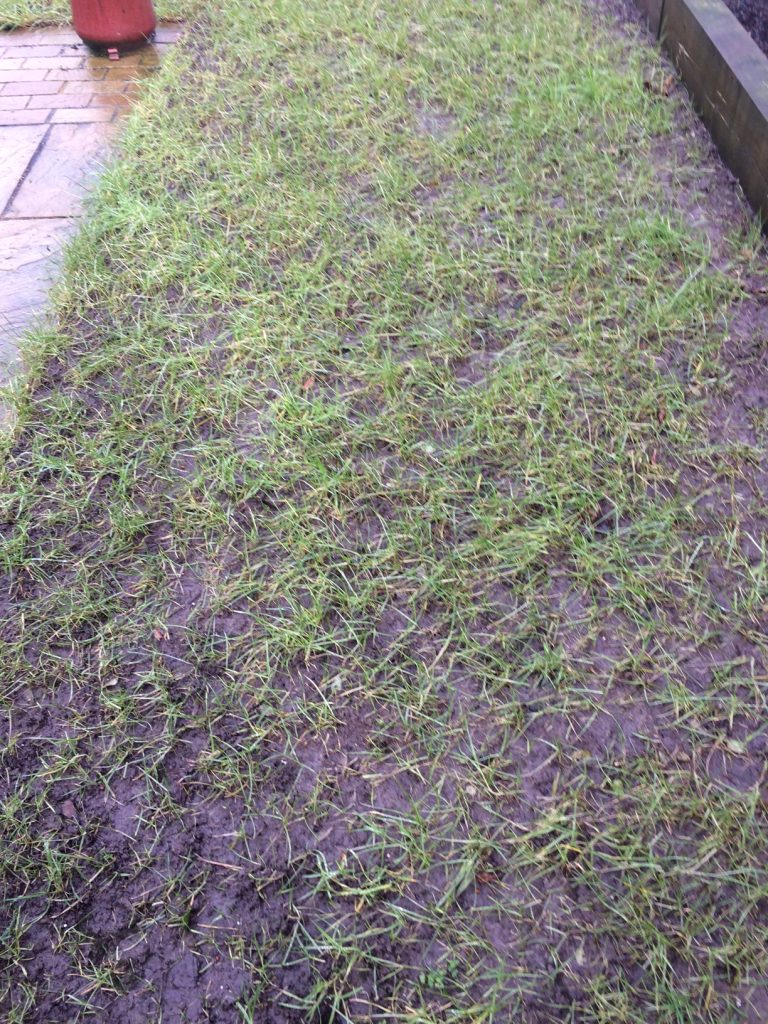
Will your grass come back after winter? Yes, in many cases, grass will indeed come back after the winter season. However, several factors influence its recovery, such as the type of grass, winter conditions, and the care it receives before and after the cold months.
Understanding Grass Varieties
Different types of grass have varying tolerances to cold weather. Cool-season grasses tend to thrive in the northern regions and are more likely to recover after winter dormancy. In contrast, warm-season grasses prefer southern climates and may not bounce back if subjected to harsh winter conditions.
- C3 Grasses: Examples include fescue and ryegrass, which regenerate well once temperatures rise.
- C4 Grasses: Varieties like Bermuda and Zoysia may take longer to green up after winter.
- Hybrid Grasses: Some hybrids can exhibit characteristics of both types, influencing recovery times.
Effects of Winter Conditions
Winter conditions play a crucial role in determining if your grass will recuperate. Factors such as severe frost, heavy snowfall, and prolonged cold spells can affect grass health.
- Frost Damage: Ice and frost can lead to crown rot if grass is not adequately insulated.
- Snow Cover: Beneficial as it may insulate grass, but too much may suffocate it.
- Drastic Temperature Changes: Sudden warm spells can confuse grass, prompting growth too early and leading to further damage.
Pre-Winter Grass Care
Proper care leading up to winter can greatly increase the likelihood that your grass will return in spring. Feeding, aerating, and mowing practices all contribute to a healthier lawn.
- Fertilizing: A winterizing fertilizer provides essential nutrients for healthy recovery.
- Aeration: Aerating the lawn before winter allows more air, water, and nutrients to penetrate the soil.
- Mowing Height: Keeping grass at an optimal height before winter helps it withstand cold temperatures.
Signs of Recovery in Spring
As spring approaches, you may start noticing the signs that your grass is recovering. Look for specific indicators that indicate healthy regrowth.
- Color Change: A shift from brown to bright green indicates new growth.
- New Shoots: Emerging shoots signal a strong recovery from dormancy.
- Density Increase: Grass filling in bare patches shows positive recovery after winter.
Post-Winter Maintenance Strategies
Once you observe signs of recovery, specific maintenance strategies can further support your grass’s health and growth. This includes diligent watering, weed control, and regular mowing.
- Watering Schedule: Consistent watering helps sustain growth as temperatures rise.
- Weed Management: Controlling weeds that compete for nutrients will benefit your grass.
- Regular Mowing: Helps promote lateral growth and maintain an attractive lawn.
Questions from Our Readers
What is winter grass and how does it affect my lawn?
Winter grass, often referred to as annual bluegrass, is a type of cool-season grass that thrives in colder temperatures, typically appearing in late fall and surviving through winter. While it may provide a green cover during these months, it can become a nuisance in warmer seasons as it competes with your main grass type, leading to a patchy lawn.
How can I effectively get rid of winter grass?
To effectively eliminate winter grass, consider using a combination of pre-emergent herbicides before it germinates and post-emergent herbicides once it is established. Additionally, maintaining a healthy lawn through proper watering, mowing, and fertilization can help your primary grass outcompete the winter grass, ultimately leading to its decline.
Is it better to manually pull winter grass or use chemicals?
While manual removal can be effective for small patches of winter grass, it is labor-intensive and may not be practical for larger areas. Using herbicides tends to be a more efficient method, as they target the unwanted grass effectively while minimizing disruption to your desired turf. However, always ensure to follow label instructions and safety guidelines when using chemicals.
When is the best time to treat winter grass?
The best time to treat winter grass is in early spring when it starts to grow actively. Using pre-emergent herbicides about two weeks before you expect winter grass to germinate can prevent its growth. For established winter grass, apply post-emergent treatments as soon as you notice it in your lawn to ensure maximum effectiveness.
See also: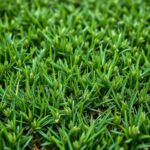

If you want to read more articles like Ultimate Guide: How to Get Rid of Winter Grass Effectively, we recommend you check out our Lawn category.
Leave a Reply
Related Articles